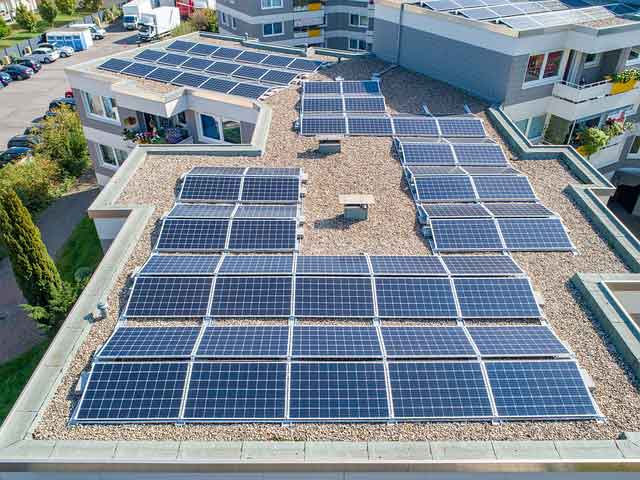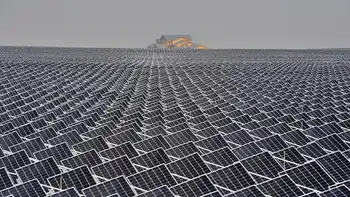Minnesota Signs Deal With Manitoba Hydro
WINNIPEG -- - The Minnesota Public Utilities Commission has unanimously approved a $1.7 billion power export deal with Manitoba Hydro.
It allows Minneapolis-based Xcel Energy to import power from Manitoba Hydro, despite the objections of aboriginal groups.
The 500-megawatt, 10-year deal was given the go-ahead.
It's an extension of an existing deal and will allow power to be exported until 2015.
Approval by Canada's National Energy Board is pending.
The Minnesota decision is a blow to the Pimicikamak Cree Nation of Cross Lake, Manitoba. They had asked the commission to first call a formal hearing into the social and economic impact of historic hydro development on their homeland.
Related News

Omnidian Acquires Australia's Solar Service Guys to Expand Global Reach
SEATTLE - Omnidian Acquisition of Solar Service Guys accelerates global expansion in renewable energy, enhancing solar maintenance and remote monitoring across Australia and the U.S., boosting performance management, uptime, and ROI for residential and commercial systems.
Key Points
Omnidian acquired Solar Service Guys to expand in Australia, unifying O&M and monitoring to boost solar performance.
✅ Expands Omnidian into Australia's high-adoption solar market.
✅ Integrates largest Aussie solar service network for O&M scaling.
✅ Enhances remote monitoring, uptime, and ROI for PV owners.
In a strategic move aimed at boosting its presence in the global renewable energy market,…




